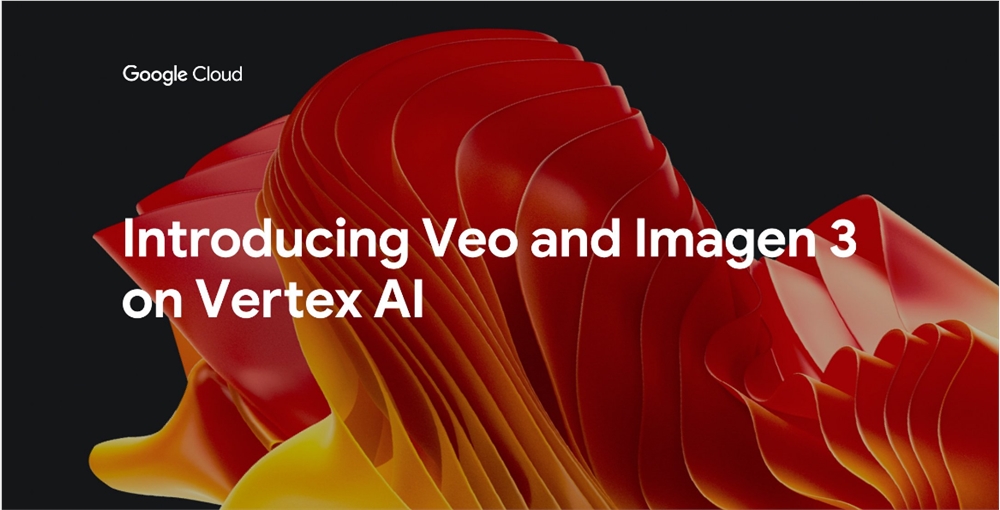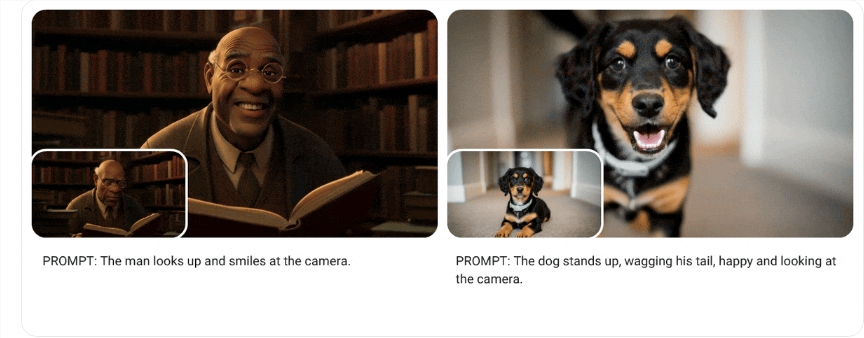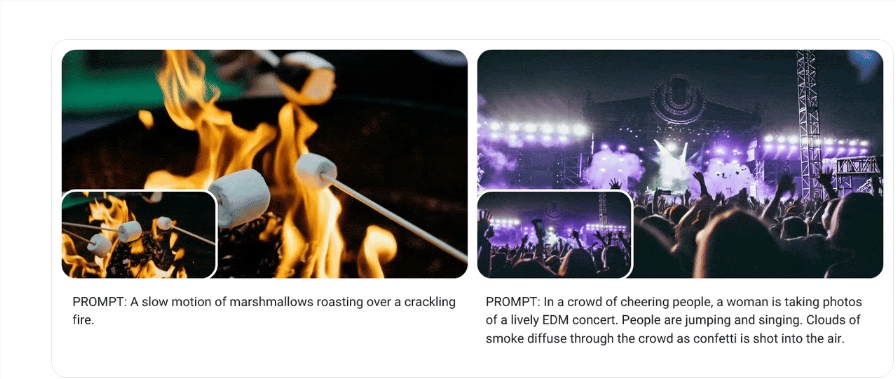Google Cloud has released its latest video and image generation models Veo and Imagen 3, integrating them into the Vertex AI platform. Veo can generate up to 60 seconds of high-definition video based on text or image prompts, while Imagen 3 focuses on generating photorealistic images and provides image editing capabilities. The launch of these two models aims to provide more powerful creative tools for marketing, advertising and other fields, improve creative efficiency and accelerate content production. Google's move follows the launch of similar products by rivals, and also marks the intensification of AI competition in the field of visual content creation.
Recently, Google Cloud announced that its latest video and image generation models, Veo and Imagen3, are now available on the Vertex AI platform, further promoting the application of AI in marketing and advertising.
The Veo model, first unveiled at the Google I/O developer conference, is Google DeepMind's response to rival products such as Runway's Gen-3 and OpenAI's Sora. The model converts text or image cues into up to 60 seconds of high-definition, cinematic-style video with excellent frame-level consistency to ensure smooth subject movement within the shot.

Imagen3 focuses on image generation, able to generate photorealistic visual effects based on text, and surpasses its predecessors in detail, lighting and artifact reduction. In addition, Imagen3 also introduces editing functions, allowing users to optimize the generated images through text prompts, including image upgrade, repair, external painting and background replacement, to meet personalized creative needs.
By integrating Veo and Imagen3, Google Cloud provides more powerful creative tools for teams in marketing, sales and other fields. Imagen3's application simplifies the production of high-quality product images and social media content, while Veo transforms these visuals into beautiful videos, helping teams quickly iterate on ideas and accelerate content production.


Warren Barkley, senior director of product management at Google, said that customers such as Agoda are using AI models such as Veo and Imagen to significantly shorten the production cycle of video ads and improve creative efficiency. In addition, Veo and Imagen3 have built-in security features such as digital watermarking and content moderation to address the risks posed by generative AI.
These innovations present an opportunity for businesses around the world to reimagine visual content creation and delivery. Early adopters include Mondelēz International (brands like Oreo, Cadbury, etc.) and global marketing giant WPP. As Google's basic model continues to expand, companies in various industries will be able to use AI to drive creative change more efficiently.
Google's move into video generation means competition is getting fiercer. Echoing the Nova Reel released by Amazon AWS at the re:Invent conference, Google's Veo and Nova Reel have set new benchmarks in the field of AI video generation. Nova Reel generates six-second high-quality videos based on text and image cues, and is also available through the Amazon Bedrock platform.
Microsoft has not yet launched a video generation model, although its AI Foundry platform provides image generation tools. The industry expects that with the release of OpenAI's Sora video generation model, Microsoft will catch up in this area.
Address: https://cloud.google.com/blog/products/ai-machine-learning/introducing-veo-and-imagen-3-on-vertex-ai
The launch of Veo and Imagen 3 marks an important step for AI in the field of visual content creation. In the future, more companies will benefit from this technology and promote the further development of the creative industry. Google's continued investment in the field of AI will undoubtedly further deepen its position in the cloud computing market.